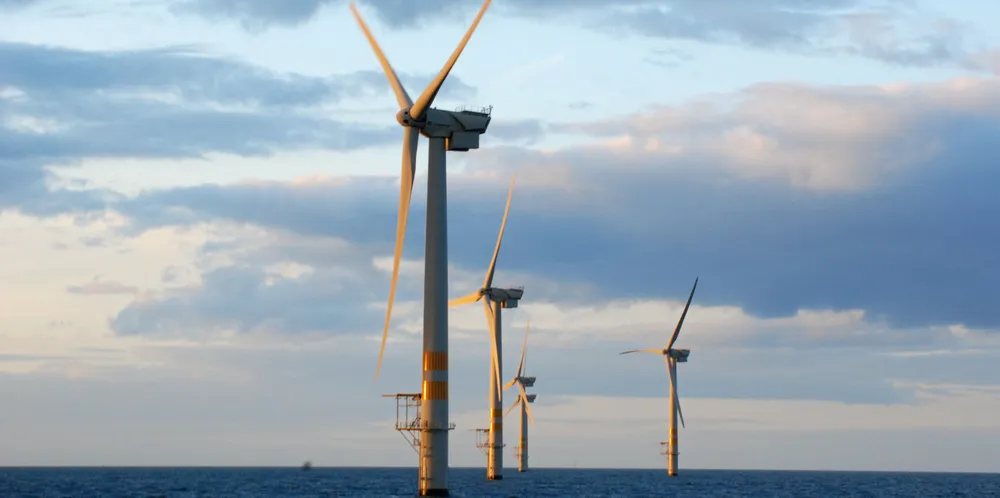Ireland rolls out staged offshore power grid plan 'to avoid undue delay' to wind build
Dublin sets out transitional vision for infrastructure construction to 2030 to speed up first 5GW of bottom-fixed projects and longer-horizon floating arrays

Ireland’s government has set out a staged plan to build a vast offshore grid that is expected to fast-track construction of the power transmission infrastructure needed to get a targeted 5GW of wind projects turning in its waters by 2030.
Green is the new black. Subscribe to Accelerate
Get the market insight you need into the global oil & gas industry's energy transition – from the new newsletter from Upstream and Recharge. Sign up here
The framework’s lead-off phase, which runs to 2024, will count on developers that have won leases in the renewable electricity support scheme (RESS) auction slated for later this year to build the trunklines connecting the first wave of fixed and floating wind arrays to the mainland, “to avoid undue delay to deployment”.
In the follow-on phase, from 2025-30, Dublin aims to “transition” the country’s offshore grid expansion with both companies awarded acreage in the second RESS auction, as well as Irish transmission system operator (TSO) EirGrid build the lines “with appropriate costs charged to the developer”.
The third phase would see EirGrid plan and build-out offshore energy infrastructure around a “centralised” grid model that “optimised the connections of multiple projects to the transmission system.
“The framework provides for a phased transition from the current decentralised model towards an enduring centralised offshore grid model, to correspond with each of the initial three scheduled offshore RESS auctions,” said the Ireland’s Department of the Environment, Climate and Communications (DECC), in a statement.
“This will result in the offshore transmission system being fully planned, developed and owned by EirGrid by the time of the third offshore RESS auction. The enduring centralised model has been identified as delivering the maximum societal benefits, in terms of natural monopoly efficiencies.”
DECC said the stepwise strategy would addressed the speed at which construction of an offshore grid needed to take place, if Ireland is to meet its longer-term, mid-century aim of having some 30GW of fixed and floating wind projects in operation.
“Compared to the decentralised approach, a significant lead-in time is necessary to develop the capacities required to fully leverage the advantages of a centralised, plan-led system,” it said, noting that ownership of the offshore transmission system would rest with EirGrid “at all stages of the phased transition”.
The cost of grid development taken on EirGrid in the last development phase is foreseen being recovered through electricity network tariffs.